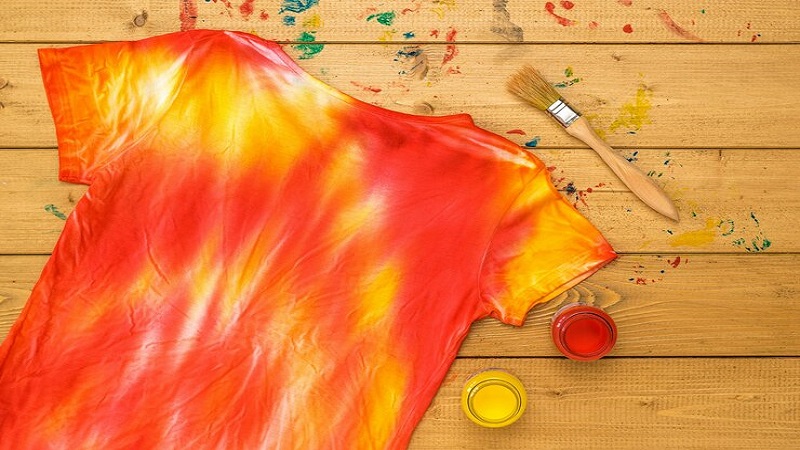Can You Use Acrylic Paint on Fabric? A Comprehensive Guide is a versatile medium beloved by artists and hobbyists alike for its vibrant colors, quick drying time, and durability. But can you use acrylic paint on fabric? The answer is a resounding yes, but with some caveats and preparation to ensure the best results. This article will delve into the nuances of using acrylic paint on fabric, including preparation, application, and care.
Why Choose Acrylic Paint for Fabric?
Acrylic paint is popular for fabric projects due to its affordability, accessibility, and vibrant color palette. Unlike fabric-specific paints, acrylics are widely available and often come in a broader range of colors and finishes. Additionally, when properly prepared, acrylic paint can become permanent on fabric, offering a long-lasting solution for custom clothing, home decor, and art projects.
Preparing Your Fabric
Before applying acrylic paint to fabric, it’s crucial to prepare the fabric to ensure the paint adheres properly and lasts. Here are the steps to follow:
- Pre-Wash the Fabric: Washing the fabric removes any sizing, chemicals, or dirt that could interfere with the paint adhering to the fibers. Avoid using fabric softener as it can leave a residue.
- Dry and Iron: Ensure the fabric is completely dry and wrinkle-free. Ironing the fabric helps create a smooth surface, making it easier to paint.
- Use Fabric Medium: Mixing acrylic paint with a fabric medium is essential. Fabric medium makes acrylic paint more flexible and less prone to cracking. It also helps the paint penetrate the fabric fibers, ensuring a smoother and softer finish. The typical ratio is 2 parts acrylic paint to 1 part fabric medium.
Painting on Fabric
Once the fabric is prepared and the paint mixed, it’s time to start painting. Here are some tips for the best results:
- Protect Your Workspace: Place a barrier, such as cardboard or plastic, between layers of fabric to prevent paint from bleeding through. Cover your work area with a drop cloth or newspaper.
- Use the Right Brushes: Select brushes appropriate for the detail and size of your design. Flat brushes are excellent for large areas, while finer brushes work well for intricate details.
- Apply Thin Layers: Apply the paint in thin layers to prevent stiffness and cracking. Allow each layer to dry before applying the next. This helps the paint adhere better and results in a more flexible finish.
- Heat Setting: Once the paint is completely dry, set the paint by ironing the reverse side of the fabric on a medium-high setting for 3-5 minutes. Alternatively, you can use a heat press. This process helps the paint bond permanently with the fabric fibers.
Caring for Painted Fabric
To ensure the longevity of your painted fabric, follow these care instructions:
- Wait Before Washing: Allow the painted fabric to cure for at least 24-72 hours before washing.
- Gentle Washing: Hand wash the fabric in cold water or use a gentle cycle on your washing machine. Avoid using harsh detergents or bleach.
- Avoid High Heat: Air dry the fabric or tumble dry on a low setting. High heat can damage the paint and cause it to crack or peel.
Creative Applications
Using acrylic paint on fabric opens a world of creative possibilities. You can customize clothing, create unique home decor items like pillowcases and curtains, or design personalized gifts. Stencils, stamps, and freehand painting techniques can all be used to achieve different effects and styles.
Conclusion
Yes, you can use acrylic paint on fabric with great success by following proper preparation, application, and care techniques. Whether you’re a seasoned artist or a crafting novice, acrylic paint offers an affordable and versatile medium for fabric art. With a little patience and creativity, you can transform ordinary fabric into personalized masterpieces that are both beautiful and durable. Read More insiderdod.
